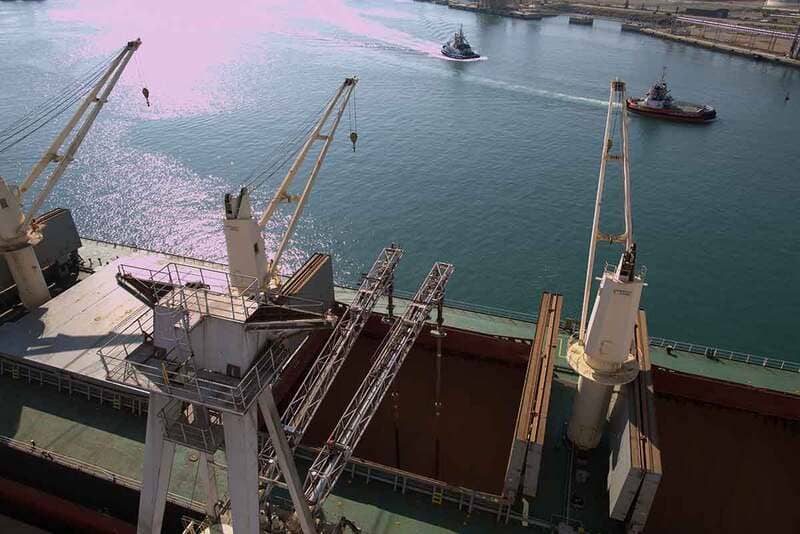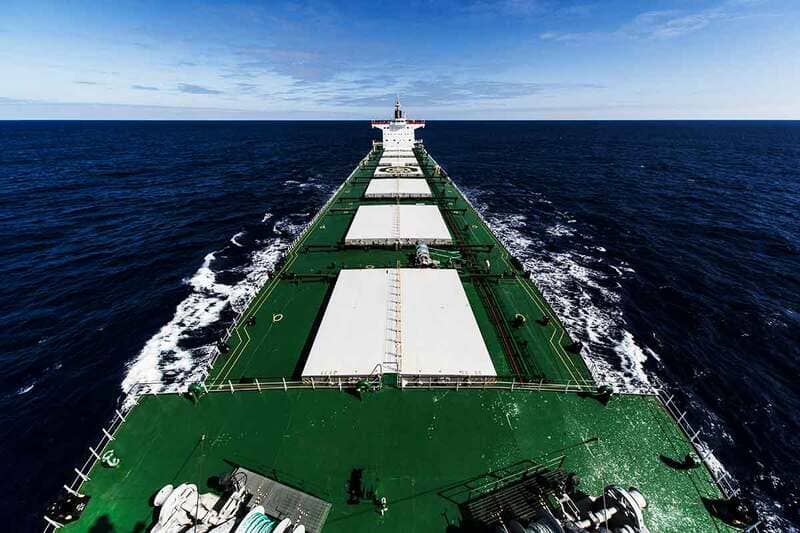Turning the tide: How Cargill is charting a course for decarbonization and digitalization in shipping.
Read Time: 3 minutes
May 06, 2022
- Cargill’s Ocean Transportation business has transformed into a leader in the seaborne trade industry.
- Jan Dieleman, leader of Cargill Ocean Transportation, was recently appointed chair of the Global Maritime Forum.
- “We’re doing the right thing and at the same time we’re growing a strong business unit that can continue to thrive in the future,” Jan says.
It was a big day.
In late April, Jan Dieleman, the leader of Cargill’s Ocean Transportation business, was appointed chair of the Global Maritime Forum, an international not-for-profit that brings the seaborne trade industry together to find solutions to top challenges.
Only a few years ago, this scenario would have been difficult to imagine: the head of a charterer business leading the conversation in an industry largely accustomed to traditional ways of working — and in which charterer companies have rarely led change.
But Jan and the Cargill business he leads are not afraid to tack from tradition and toward a more dynamic and equitable way of working.
“
 “We’re setting industry standards. We’re doing the right thing and at the same time we’re growing a strong business unit that can continue to thrive in the future.”
“We’re setting industry standards. We’re doing the right thing and at the same time we’re growing a strong business unit that can continue to thrive in the future.”
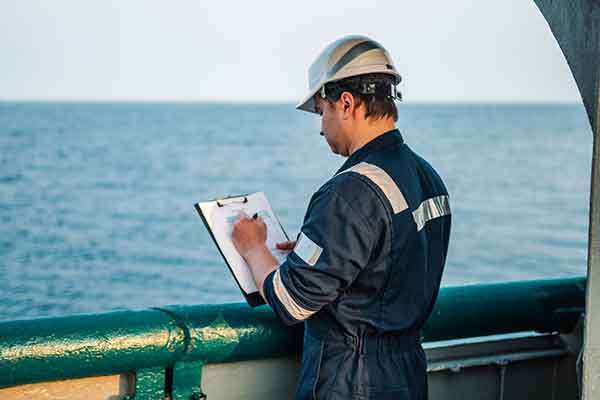
Shipping 101: What is …
… Ocean Transportation? It’s Cargill’s leading freight-trading organization that charters around 650 vessels at any one time. The team trades and transports commodities to Cargill’s customers in the agriculture, mining and food industries.
… a charterer company? Charterers like Cargill do not own ships. Instead, they rent ships to transport cargo.
… the Global Maritime Forum? It’s an international not-for-profit organization committed to shaping the future of global seaborne trade. Some of its initiatives include Sea Cargo Charter, Getting to Zero coalition, the Neptune Declarations and Together in Safety.
Full steam ahead
When Jan assumed leadership in 2016 — his second stint working in Ocean Transportation — he found a growing business with plenty of potential. “But it had also become a victim of its own success,” he says.
“We’d had some very good years,” he recalls, “but we weren’t changing fast enough. We were a little too dependent on the moves of the market.
“So, we started asking ourselves questions: What could we add on top of our core business that could increase our impact? How could we be more connected to the industry at large?”
That’s how two of the business’s main focus areas came to the fore: digitalization and decarbonization.
Becoming a ‘trendsetter’
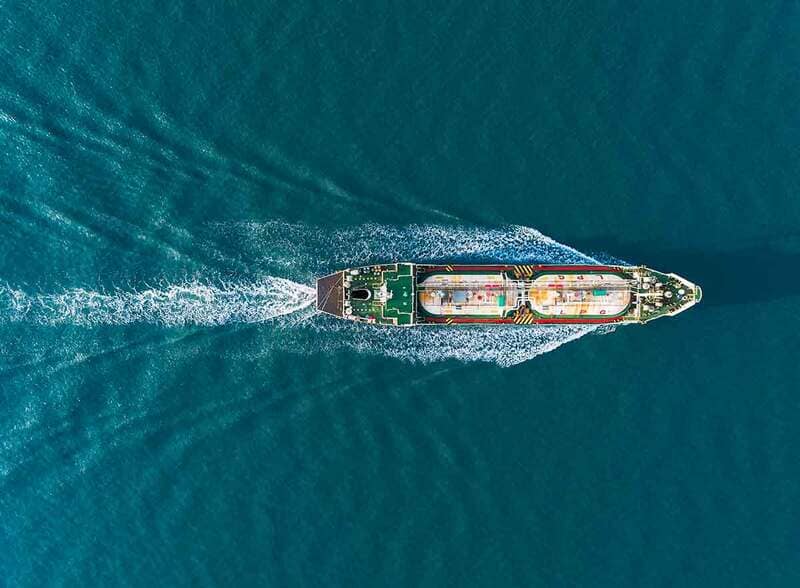
When Eric Aboussouan first started in Ocean Transportation, the waters were very different.
“OT used to own a lot of ships,” says Aboussouan, who leads strategy, partnerships, investments and digitalization. “We are now a charterer company. We don’t own ships, but we’re still very focused on our customers — through a lens of becoming a very modern organization.”
A modern organization that is committed to being environmentally sound and fully digital. Eric leads teams in both areas that are constantly looking for opportunities to improve within the company and across the industry.
A prime example is the business’s partnership with ZeroNorth. Using Optimise software that provides data to measure vessel performance, ZeroNorth helps vessel owners and operators in the tramp shipping industry reduce carbon emissions and increase earnings. Announced in 2020, the partnership checks the right boxes: digital technology used to advance Cargill’s decarbonization goals.
Building a strong culture
Rafael Huber is OT’s human resources lead. While his main task is driving the business’s people strategy, he and his team are advancing another important goal: fostering a culture of growth, care and wellbeing.
It applies to Ocean Transportation’s 330 onshore employees as well as crew members working on the ships who work for other firms.
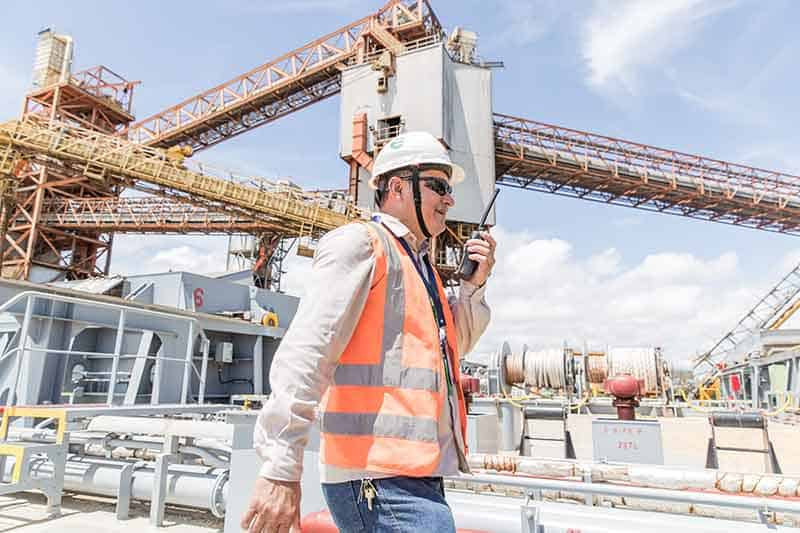
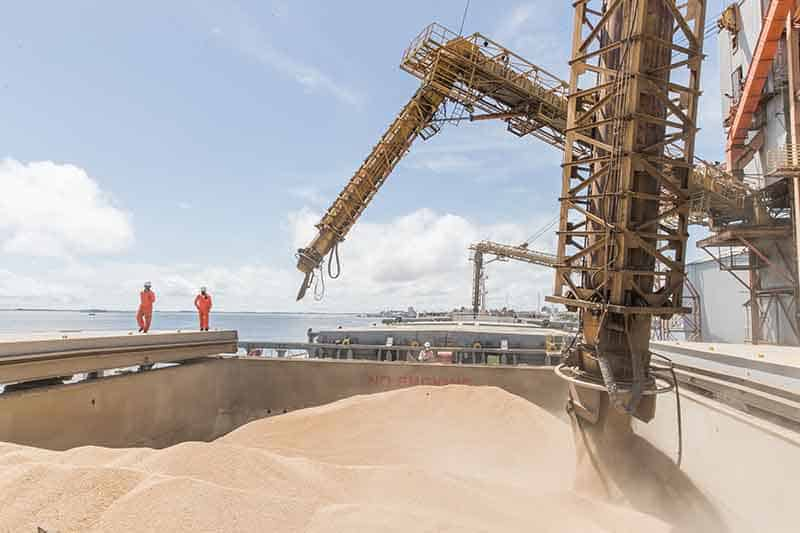
Demanding better conditions for crew members is a big part of that culture, Rafael points out. It’s another way Cargill’s turning the tide, raising awareness across the industry about the need to care for people on the ships — even if they’re not Cargill employees.
“If you ship over 200 million tonnes of goods around the world, your business depends largely on the people who are operating those ships,” Jan adds. “If that’s the case, then you must ensure well-being for those people. It’s the right thing to do.”
As an example, whenever Cargill hires ships for more than one year, the company requires Internet access for crew members to ensure they can stay in touch with their home and families.
“After COVID, it became very evident that we need communication channels during isolation periods,” Jan says. “Same goes for people at sea. They deserve the ability to contact their family. It’s a positive change.”
The future
Reflecting on the past, Jan and his team feel encouraged about the present — and the future.
Five years ago, they started a voyage to become a more modern, sustainable and successful business. They are achieving that. Their goals, however, remain big and challenging. As Jan puts it, you need to stay hungry.
“I’m very proud of the people who work in our team,” he says. “They are the ones shaping OT, and we want to keep that going.
“We want to be a place where new, young, diverse talent knocks on the door and says, ‘I want to work here because this is the best place you can be in this industry.’”
More stories
'A huge responsibility' How Cargill is helping seafarers navigate the rough waters of COVID-19.
We have shown we can use our voice, our leadership, to move standards forward and improve situations for seafarers around the world.
Read Time: 3 minutes

